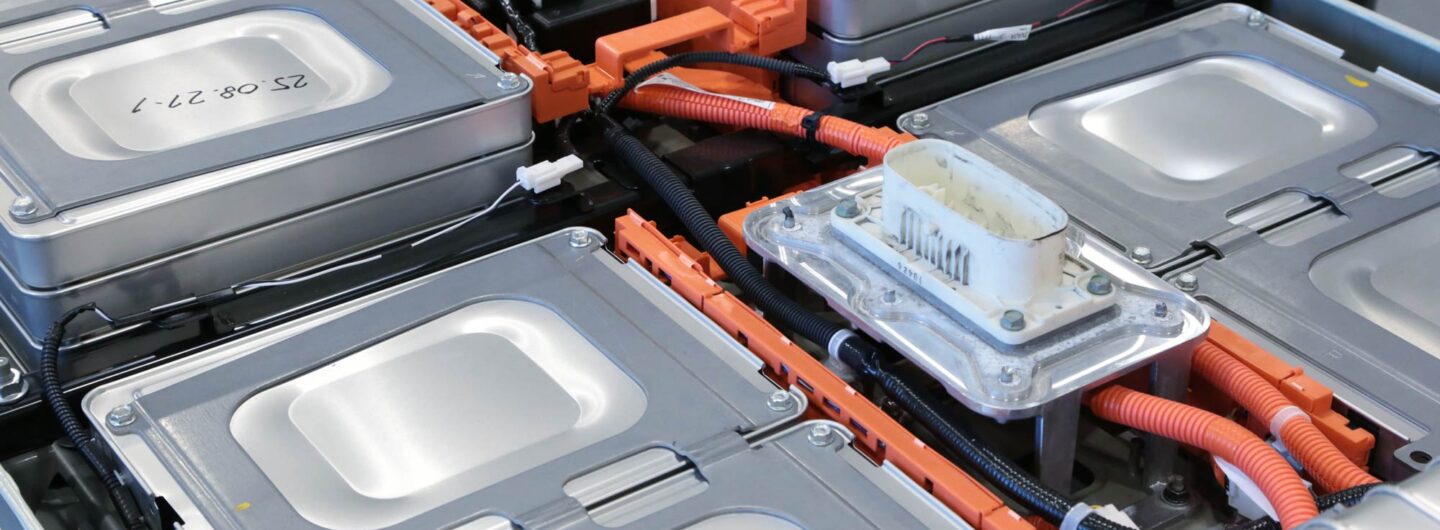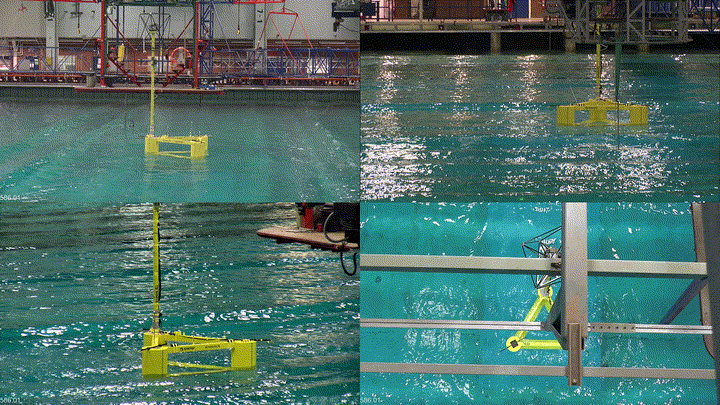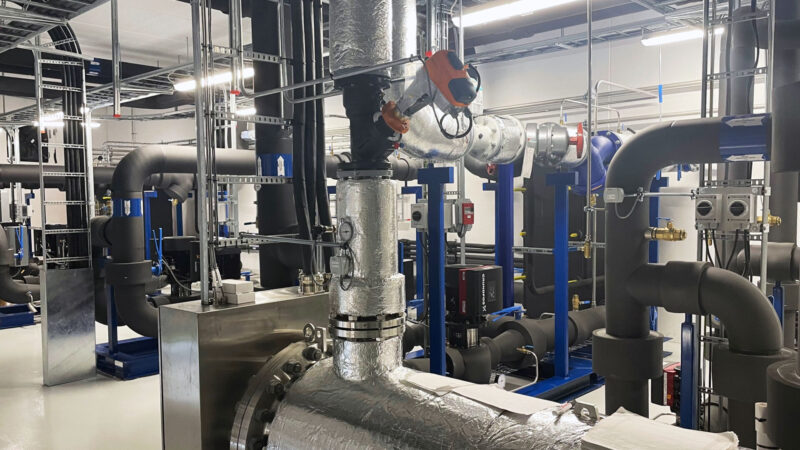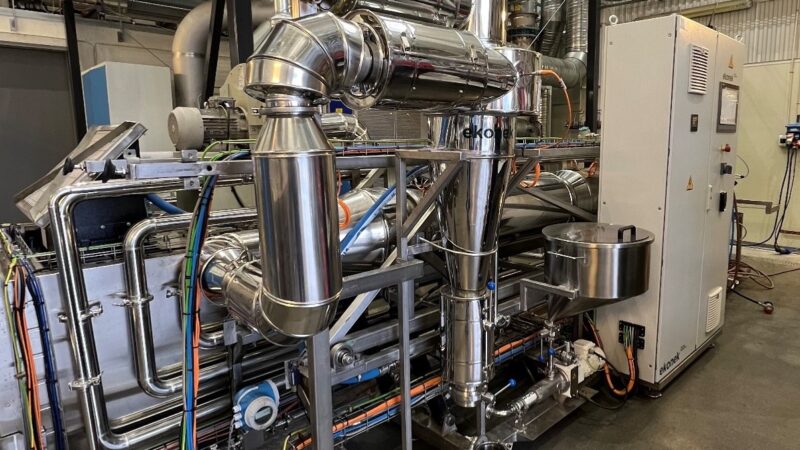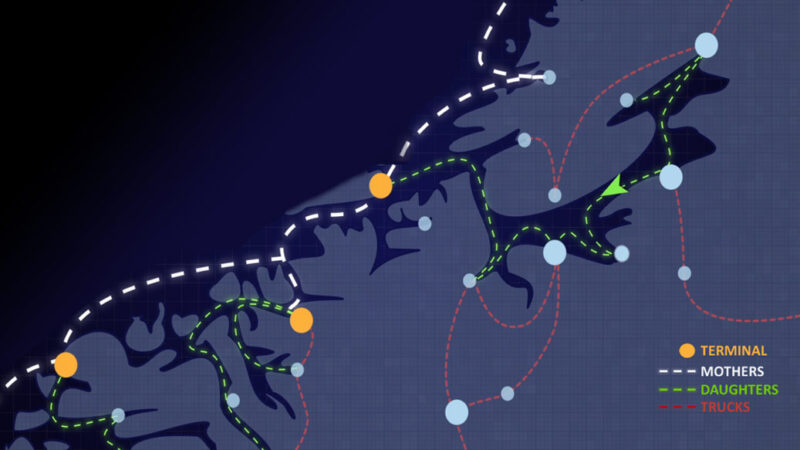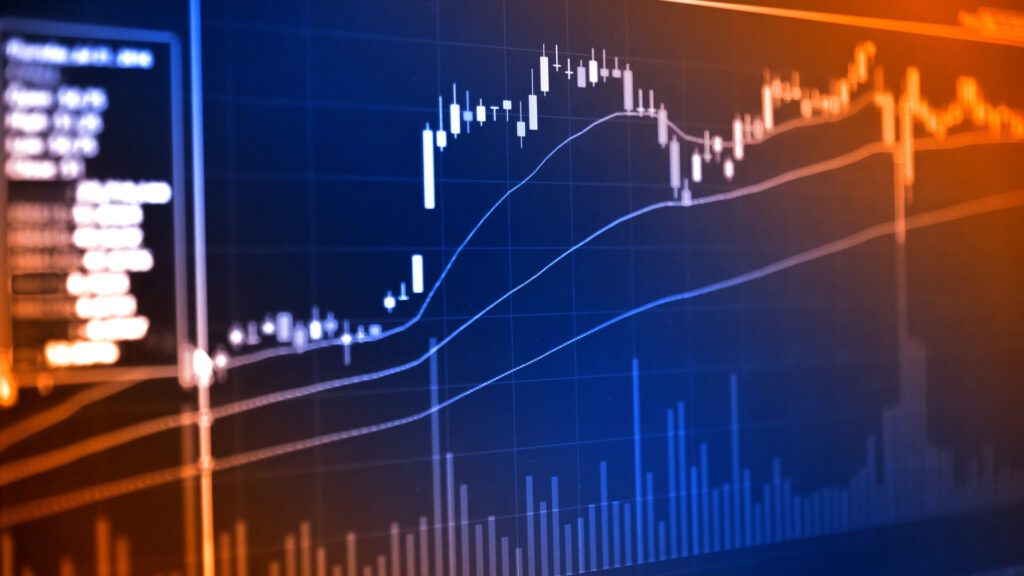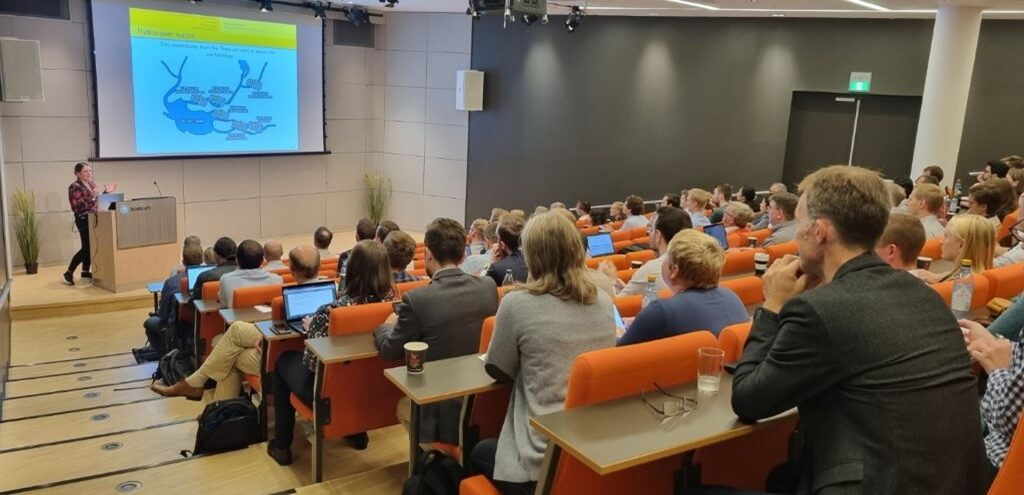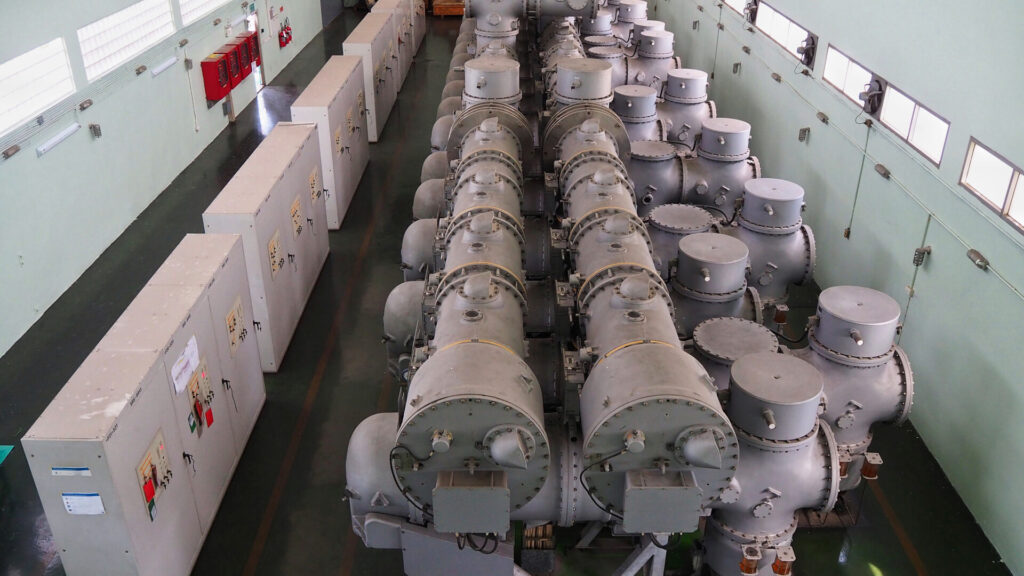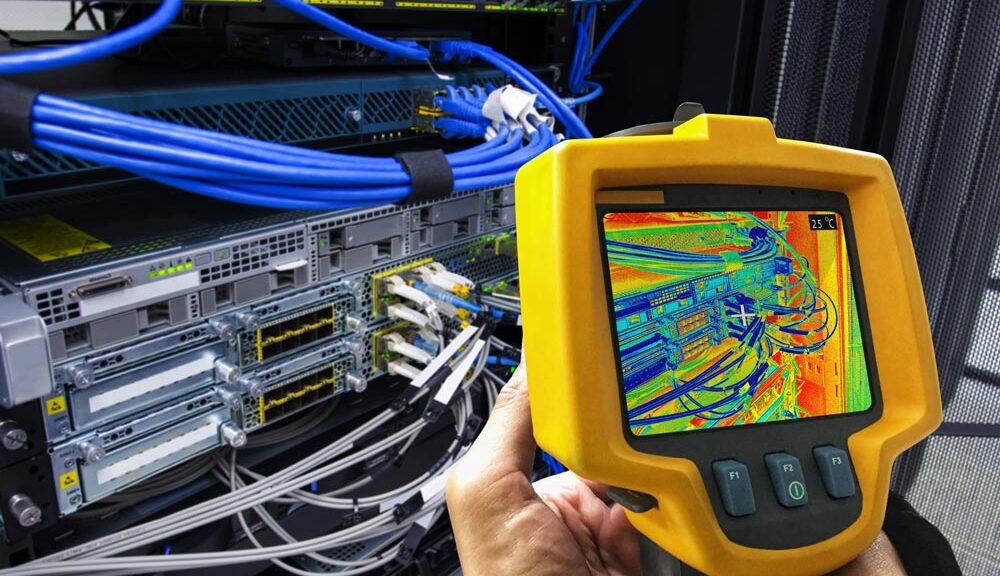Latest Posts
Do today’s electricity distribution grids have adequate capacity for future EV charging demands? – A test on a real distribution grid in Norway.
Electrical vehicles (EV) are increasingly prevalent as a measure for decreasing emissions from transport. An electrified transport sector will demand a lot of…
Discussing future trends in Hydropower Scheduling
Academia and the industry were brought together in a technical forum to share experiences and discuss future trends at The Hydropower Scheduling Conference.
Zero Carbon E-Fuels: Are they sustainable for maritime transport?
From the first days of our civilization maritime transport has dominated trades between nations, regions, and continents. Today, maritime transport accounts for 80%…
New gases for GIS: reducing greenhouse gas emissions from the electrical grid
SF6 plays a key role in our current power system, particularly in gas-insulated substations (GIS). However, it is also one of the most potent greenhouse gases known to man. Therefore, we need to find an alternative. While there are gases that could replace SF6 in GIS, more research is still needed, and SF6-free technology is still at an early stage of development. These are knowledge gaps that SINTEF’s “New Gases for GIS” project hopes to fill.
The Glass decarbonisation challenge
Project H2GLASS will help decarbonising the glass manufacturing industry, by using hydrogen as a fuel for the furnaces.
New models for collaboration can promote the use of surplus heat for heating purposes
Space heating is something that can be covered with other, lower-quality energy carriers than electricity, given that the buildings are adapted for hydronic heating.

